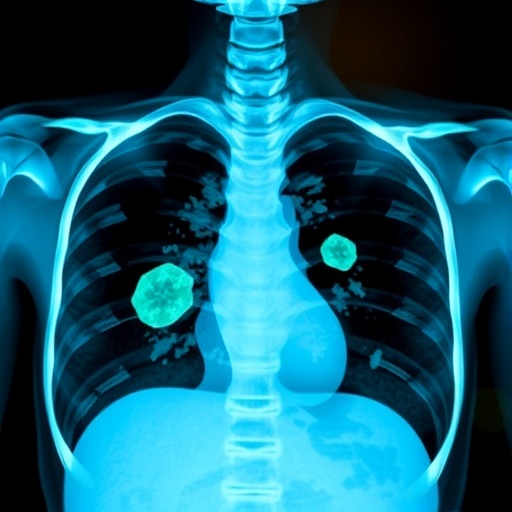Step aside carrots, onions and broccoli. The newest heart-healthy vegetable could be a gigantic, record-setting radish. In a study appearing in ACS' Journal of Agricultural and Food Chemistry, scientists report that compounds found in the Sakurajima Daikon, or "monster," radish could help protect coronary blood vessels and potentially prevent heart disease and stroke. The finding could lead to the discovery of similar substances in other vegetables and perhaps lead to new drug treatments.
Grown for centuries in Japan, the Sakurajima Daikon is one of the Earth's most massive vegetables. In 2003, the Guinness Book of World Records certified a Sakurajima weighing nearly 69 pounds as the world's heaviest radish. Radishes are good sources of antioxidants and reportedly can reduce high blood pressure and the threat of clots, a pair of risk factors for heart attack and stroke. But to date, no studies have directly compared the heart-health benefits of the Sakurajima Daikon to other radishes. To address this knowledge gap, Katsuko Kajiya and colleagues sought to find out what effects this radish would have on nitric oxide production, a key regulator of coronary blood vessel function, and to determine its underlying mechanisms.
The researchers exposed human and pig vascular endothelial cells to extracts from Sakurajima Daikon and smaller radishes. Using fluorescence microscopy and other analytical techniques, the research team found the Sakurajima Daikon radish induced more nitric oxide production in these vascular cells than a smaller Japanese radish. They also identified trigonelline, a plant hormone, as the active component in Sakurajima Daikon that appears to promote a cascade of changes in coronary blood vessels resulting improved nitric oxide production.
###
The authors acknowledge funding from the Japan Society for the Promotion of Science KAKENHI, the Sapporo Bioscience Foundation, the Foundation for Dietary Scientific Research and the Public Foundation Yonemori-seishinikuseikai.
The abstract that accompanies this study is available here.
The American Chemical Society, the world's largest scientific society, is a not-for-profit organization chartered by the U.S. Congress. ACS is a global leader in providing access to chemistry-related information and research through its multiple databases, peer-reviewed journals and scientific conferences. ACS does not conduct research, but publishes and publicizes peer-reviewed scientific studies. Its main offices are in Washington, D.C., and Columbus, Ohio.
To automatically receive news releases from the American Chemical Society, contact [email protected].
Follow us on Twitter | Facebook
Media Contact
Katie Cottingham
[email protected]
301-775-8455
@ACSpressroom
http://www.acs.org




